

COSTA RICA
April 2002

2 of 7


COSTA RICA
April 2002


2 of 7
After our short walk we head back to the compound for lunch and to plan the rest of our stay. While Ron takes
a siesta, I head out alone for a late afternoon hike. Even at high noon there is limited light in the forest because of all
the shade, and it gets downright dark a couple of hours before sunset. That’s when I see my first snake, one I almost
step on: a juvenile Fer-de-Lance resting on a log, right in the middle of the trail. He slides away into the underbrush,
pausing there defiantly, but under too much cover for a picture. Try to flip him into a clearing, but he’s gone.
I walk on, cursing the lost opportunity for a photo. Then suddenly, silently, in the shadows by the path, I blink
into focus the image of a coiled snake, waiting in ambush for prey. This time it’s an adult Fer-de-Lance, big, beautiful,
and completely still. It’s more yellow than I expected, which turns out to be characteristic of the ones from this coastal
region, compared to the darker ones found further inland.
By now it’s completely dark. I make my way back to the compound to get my brother and Paul, the station
manager. We head back out for a night hike, stopping only to take a photo of a couple (and I do mean couple) of
Marine Toads, which are everywhere under the lights around the buildings.
Shining the trees we spot a sleeping male Emerald Basilisk. I learn that males climb high at night into the upper
branches, while the females sleep on lower branches, usually directly above water.
Peering into a log we find a tarantula, and on several trees we find giant whip scorpions and some cool looking
leaf insects.
Paul is walking the lead and spots something slithering out of the path. Good thing he’s the one who saw it,
since Ron and I are still unfamiliar with what’s safe to grab and what isn’t. This turns out to be one of the safe ones.
Our next find is one of those not-safe ones, but Paul makes a grab for it anyway. It’s a Coral Snake, Micrurus
alleni. We give chase but it finds a hole and quickly gets away. Still, it’s a thrill to suddenly see that brilliant ribbon of
red/yellow/black illuminated against the dark forest floor.
A bit farther on we come upon what is, for me at least, an unusual sight: an arboreal toad.
I’m hoping the Fer-de-Lance from my earlier hike is still there, but before we reach that spot, the light from
Ron’s headlamp reflects off the yellow chin of a different one sitting by the side of the trail.
This chin-up pose was standard for all the coiled Fer-de-Lances we saw, their heads tilted up and slightly
extended, somewhat like Agkistrodons are prone to do, but more exaggerated. Although its posture is normal, this
snake does have an unusual pattern. Typically, Fer-de-Lance have clearly marked and strongly bordered triangles on
the side of the body, but on this snake the pattern is very broken, almost forming saddles.
Finally, we get to my earlier Fer-de-Lance, which hasn’t budged a scale since I saw it three hours before. We sit
watching for a while and eventually the snake takes notice of us. An alert tongue flick, then slowly it crawls away,
keeping its head high throughout the entire dignified exit.
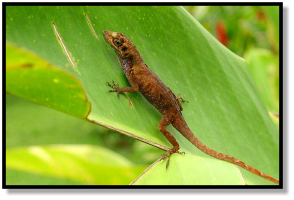
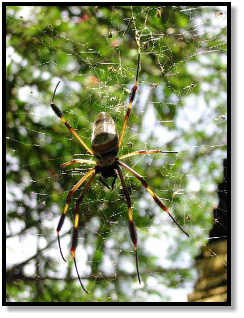
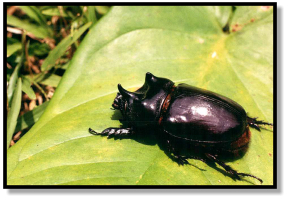
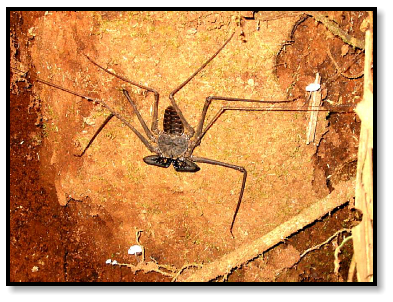
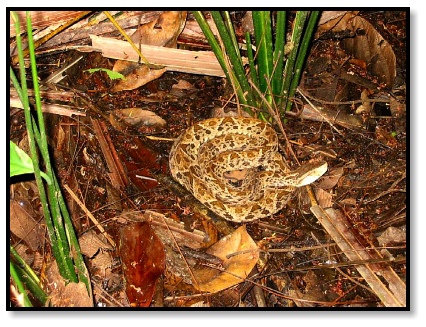
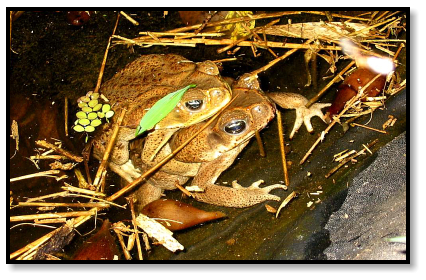
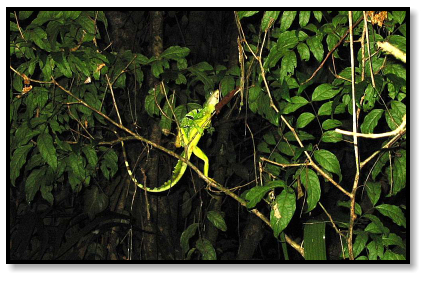
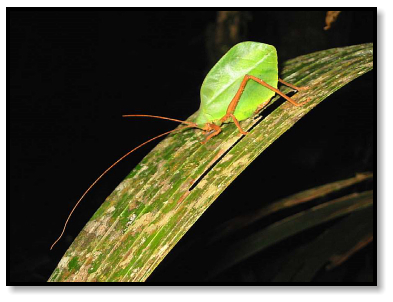
Fer-de-Lance
Bothrops asper
Marine Toad
Bufo marinus
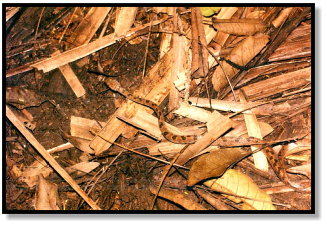
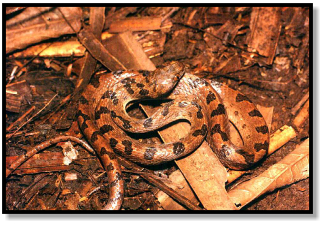
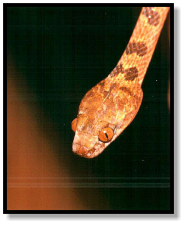
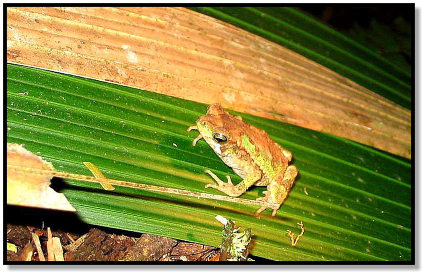
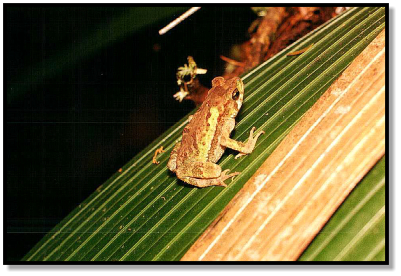
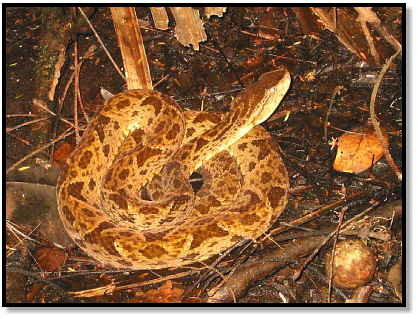
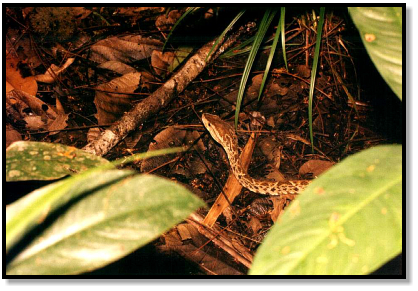
Cat-Eyed Snake
Leptodeira septentrionalis
Green Climbing Toad
Bufo coniferus







